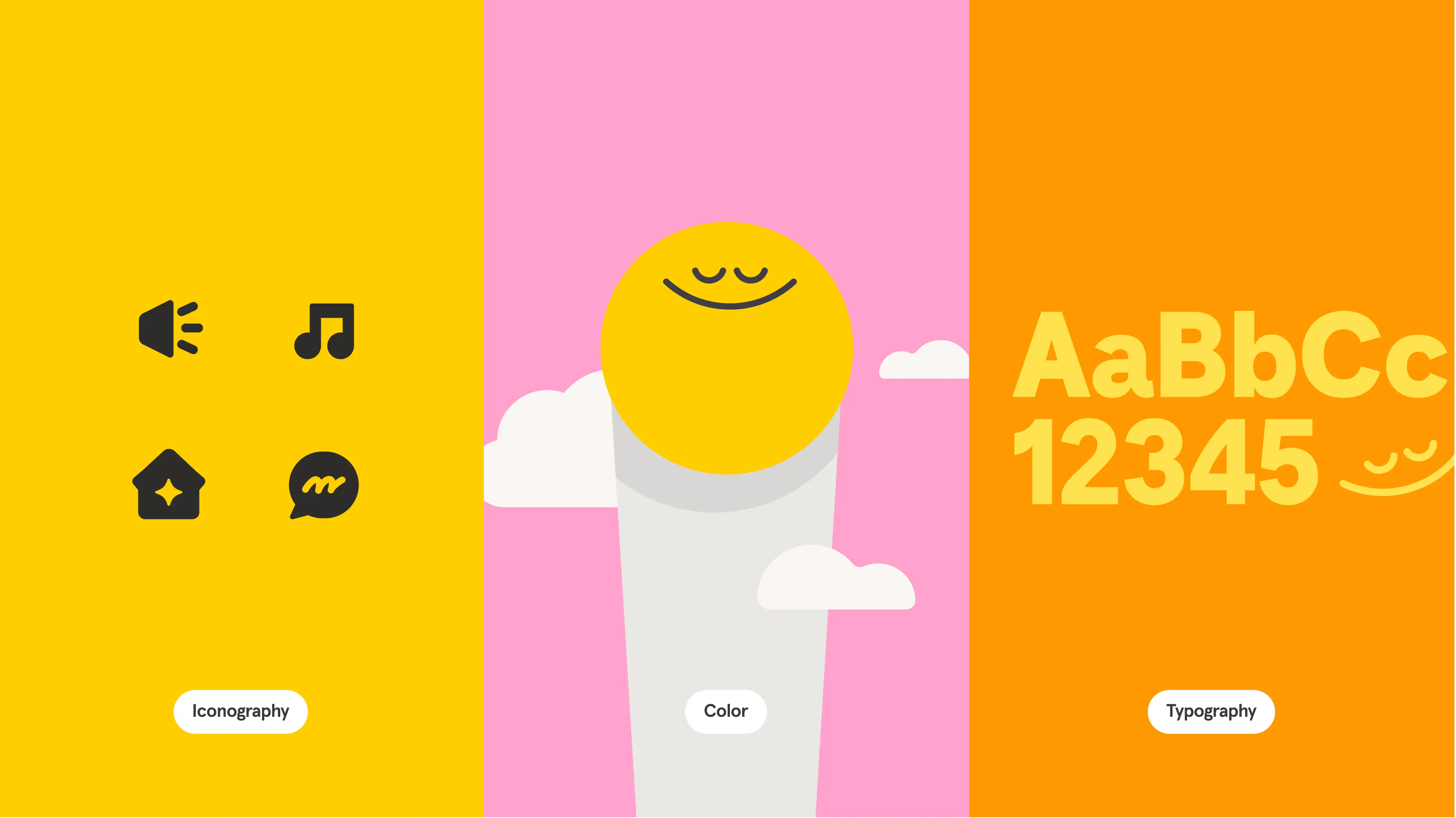Six myths holding you back from embracing design systems
Designer Advocate Ana Boyer busts some common design system myths and sets the record straight.
In the world of design, with so many teams sharing their ways of working, it can be all too easy to confuse anecdote for authority. What tanked for one team can become a cautionary tale for others, while a singular success story can transform into a widely accepted best practice.
When it comes to design systems, I’ve found that these myths can lead to misconceptions, putting up unseen hurdles and discouraging some from getting started at all. I wanted to share a few of these myths in hopes of debunking them, and removing some of those barriers to embracing design systems.
Myth 1: Design systems are just for the big leagues
Nope, not even close. Design systems are game-changers for organizations of all sizes. Sure, they may look different from one company to another, but their core purpose remains the same—to ramp up efficiency, ensure consistency, and foster collaboration. Big or small, every team can reap the benefits.
Myth 2: Design systems should employ all the latest industry techniques
Design trends are ever changing and there’s no such thing as one right approach to do things. It’s great to learn from others, but don’t get so wrapped up in crafting the perfect system that you lose sight of what you’re trying to achieve. Your design system should be functional and goal-oriented, not just mimic the industry’s flashiest trends.
Myth 3: If it works for Material, it works for us
Google’s Material Design is often considered the industry standard when it comes to design systems, but it’s not a one-size-fits-all solution. Your design system needs to be a reflection of your brand’s unique identity, tailored to your users’ needs and your organizational goals. It’s about finding a balance between industry standards and the best possible approach for your organization at this distinct point in time. Explore a range of design systems and UI kits in the Figma Community.
Myth 4: You must build your design system from scratch
There’s a treasure trove of awesome open-source resources out there. If something already available works for you, go ahead, use it! Customize it to fit your needs. There’s no shame in standing on the shoulders of giants. In fact, it can often be a practical and efficient approach.
Myth 5: Design systems stifle creativity
Design systems aren’t creativity killers; they’re clarity creators. They set a solid foundation, freeing designers to focus on tackling unique challenges and crafting amazing user experiences. Think of them as your launchpad for creativity, rather than guardrails. It’s about streamlining processes, not curtailing creativity.
Myth 6: Design system designers spend all day building components
Think design system designers are just pushing pixels in Figma all day? Think again! They’re the strategists behind the system’s development, the champions of its adoption, and the connectors between teams. This role is about holistic thinking and diverse responsibilities, not just component crafting. Benevity Designer Owen Anderson shares a day in the life of a designer on a design systems team—and it’s not all components!
Design systems are about adapting to your own creative landscape, not conforming to preconceived notions. Whether you’re just exploring the basics or are on your way to crafting the next globally-recognized framework, each path is unique. What other design system myths have you come across? Let me know on Twitter!
This article was also published on Figma's blog, Shortcut. If you're interested in more design systems tips and ideas, be sure to sign up for Figma's editorial newsletter. The next issue will be all about design systems!
 Read how Headspace’s design system leverages variables in Figma, resulting in time savings of up to 50% for some of their workflows
Read how Headspace’s design system leverages variables in Figma, resulting in time savings of up to 50% for some of their workflows